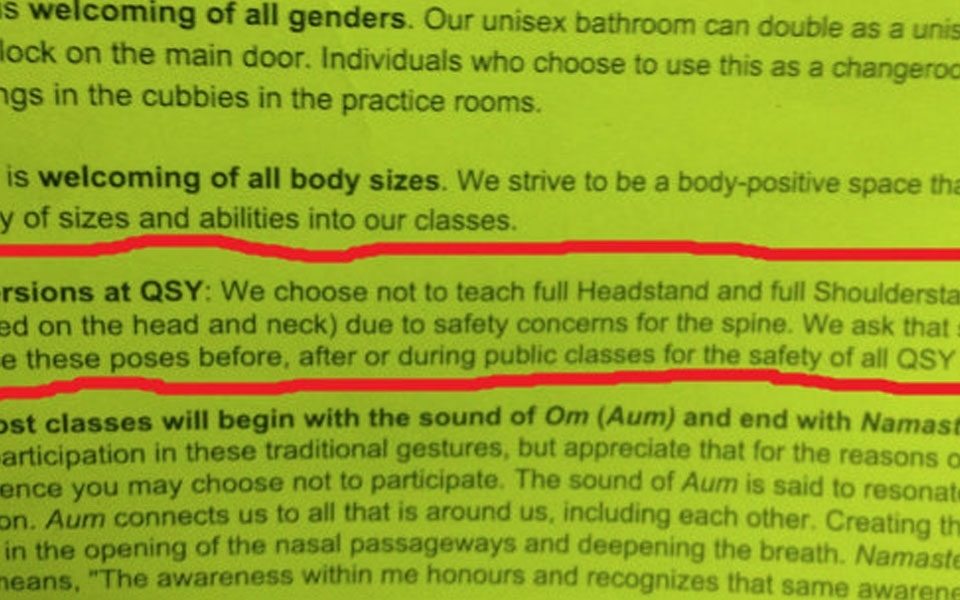July 12, 2015
The circular argument that MacGregor transparently makes is so hard to understand, it seems to validate the adage that yoga cannot be conceptualized. Pain is described as a necessary spiritual tool in a practice that claims to heal the body and ego and free the person from all limitation. But if you have too much pain, or the wrong kind, you’re courting injury. No-one wants that. Or do they? If too much pain does injure the yogi, the bright side is that renewed focus upon bodily healing may hurt the ego as it contemplates its new limitations. This is ultimately good news, because, as MacGregor says, “the real yoga is the burning up of the ego”.



